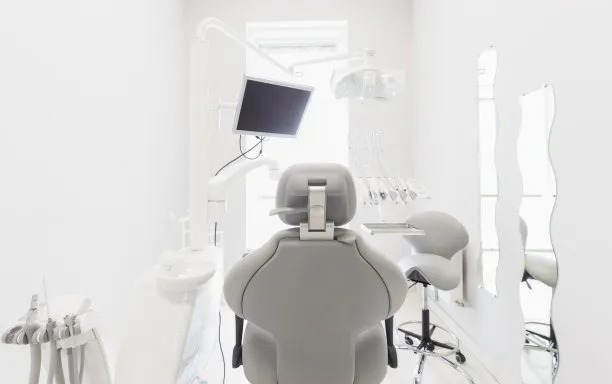Understanding the Process and Importance of Extracting a Tooth for Overall Dental Health and Wellbeing
Summary: Understanding the process and importance of tooth extraction is crucial for maintaining overall dental health and wellbeing. Tooth extraction may seem daunting, yet it can play a vital role in alleviating pain, preventing further dental complications, and ensuring a healthier mouth. In this article, we will delve into the reasons for tooth extraction, the procedural steps involved, the aftercare necessary for optimal recovery, and the broader implications for overall dental health. By shedding light on this essential dental procedure, we aim to highlight its importance as a proactive measure in ensuring long-lasting oral wellbeing.
1. Reasons for Tooth Extraction in Dental Health

Tooth extraction is often necessary for various reasons, centered primarily around health and functionality. One common cause for the extraction of a tooth is severe decay that cannot be treated through restorative methods such as fillings or crowns. In cases where the tooth has deteriorated to the point of being non-salvageable, extraction becomes the safest option to manage pain and prevent infection.
Another reason for tooth extraction lies in the presence of periodontal disease, which affects the gums and surrounding bone. In advanced stages, the supporting structures of the teeth may be compromised, leading to tooth looseness or pain. Extracting the affected teeth can halt the progress of the disease and facilitate the healing of the gums.
Additionally, orthodontic treatments sometimes require tooth extraction to create space for the remaining teeth to realign. In this context, removing specific teeth can lead to a healthier, more functional bite, ultimately improving the patients overall oral health.
2. The Process of Tooth Extraction Explained
The tooth extraction process typically begins with a thorough dental examination and imaging to assess the tooths condition and the surrounding structures. The dentist will discuss the findings and outline the extraction steps while addressing any patient questions or concerns.
For the procedure itself, local anesthesia is administered to numb the extraction site, ensuring patient comfort. In some cases, sedation may be utilized for anxious patients. Once numb, the dentist uses specialized instruments to loosen the tooth and remove it from its socket. This step may involve careful manipulation to avoid damage to surrounding teeth or tissues.
After the tooth is extracted, the dentist will take necessary measures to minimize discomfort and ensure proper healing. This may include cleaning the extraction site, stitching it up if necessary, and providing post-operative care instructions to manage pain and reduce the risk of infection.
3. Aftercare Following tooth Extraction
Post-extraction care is critical to ensuring a successful recovery. Patients are advised to follow specific guidelines that will aid in the healing process. Initially, it is essential to avoid intense physical activities and rigorous movements that could disrupt the extraction site.
Managing pain and swelling is also a key component of aftercare. The dentist may prescribe medication or recommend over-the-counter pain relievers, along with applying ice packs to the face intermittently. Maintaining a soft food diet is advisable for the first few days to minimize discomfort during eating.
Oral hygiene should not be neglected during recovery. While it is important to keep the mouth clean, patients should be gentle around the extraction site. Rinsing with warm salt water can be beneficial in promoting healing and preventing infection.
4. Implications for Overall Dental Health
The implications of tooth extraction extend beyond immediate relief. By addressing problematic teeth, patients can prevent further complications that could arise from untreated conditions, such as abscesses or systemic infections. A healthier mouth often results in improved overall health as oral infections can affect other bodily systems, particularly in those with pre-existing health conditions.
Furthermore, the removal of non-functional or unhealthy teeth can enhance a persons confidence and quality of life. Aesthetic concerns related to damaged teeth can lead to emotional distress; once these teeth are extracted, patients often feel a renewed sense of positivity towards their appearance and oral health.
Finally, tooth extraction can pave the way for other dental interventions such as implants or dentures, allowing for proper fitting and functionality to replace the missing teeth. This plays a crucial role in restoring a patient’s chewing ability and enhancing their overall wellbeing.
Summary:
In conclusion, understanding the reasons, process, and aftercare associated with tooth extraction highlights its importance for overall dental health and wellbeing. From alleviating pain to preventing further complications, tooth extraction serves as an essential dental procedure. Moreover, proper aftercare ensures a smooth recovery, enhancing the benefits derived from the extraction.
This article is compiled by Vickong Dental and the content is for reference only.


